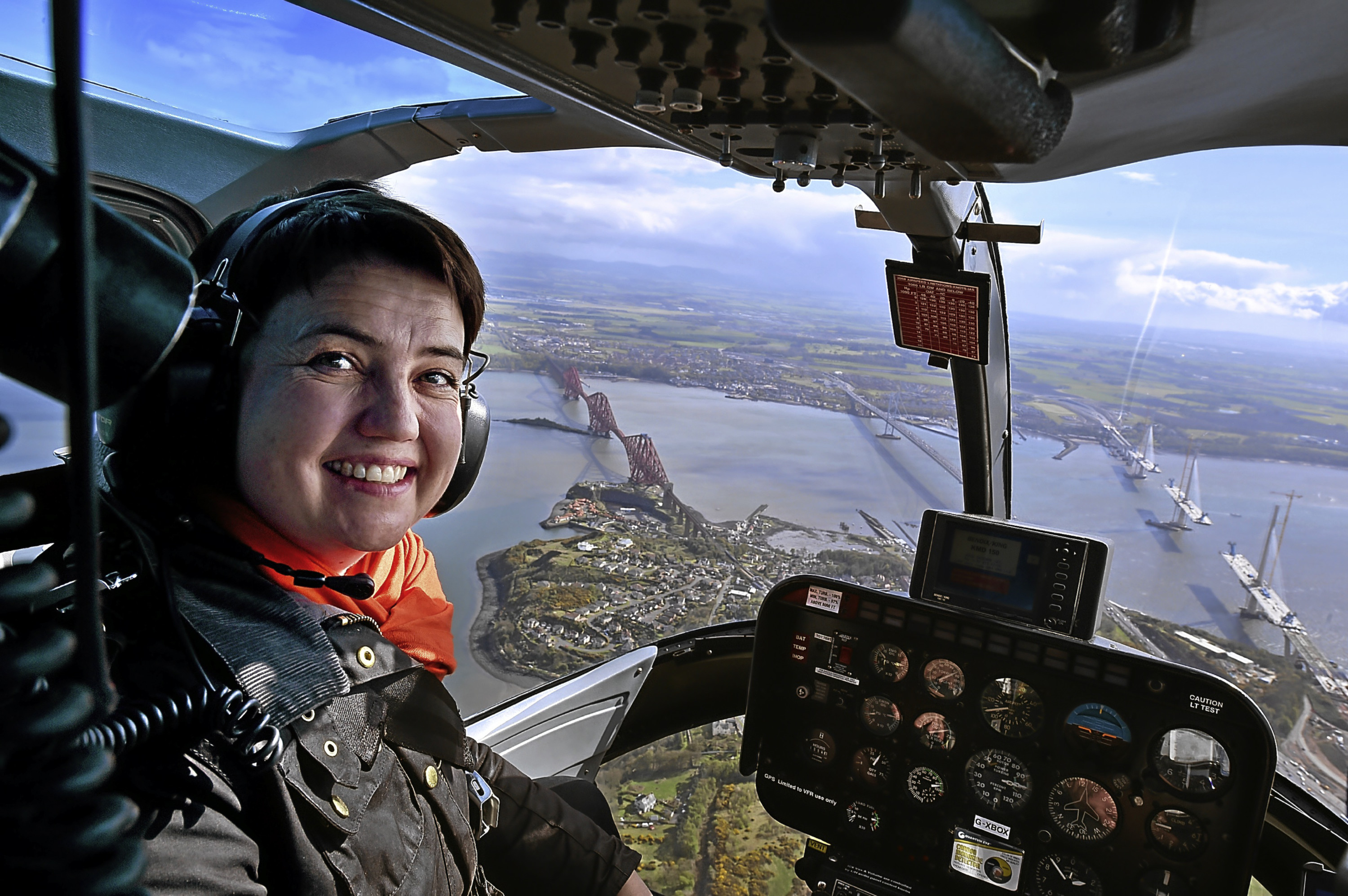This has been a taxing election campaign for the public. People have been left scunnered by a lacklustre contest where the identity of the victor was never in doubt.
So how do parties squeeze out those potentially crucial extra few voters? What engaged people enough to inspire 84.6% of voters to make their voices heard?
And so we returned to independence. What was almost – and should have been – a debate about how we pay for the services we want descended into a constitutional Groundhog Day.
It had initially looked so hopeful. Rewind to February and debate began to rage about Labour and Lib Dem plans to raise everyone’s tax.
Should we pay extra to invest in our children’s future and fund additional health services or should we accept further cuts and belt tightening? Is it fair for those on low incomes to contribute?
Does Scotland’s self-perpetuated propaganda about being a “progressive” country match up to reality? It seemed like we were about to find out.
That was until we, politicians and journalists, returned to our comfort blankets. Nicola Sturgeon gets asked in almost every interview when she wants to hold another referendum.
But she is canny and knew exactly what she was doing when she told the pro-independence Sunday Herald: “If you’re asking me, do I think it’s (a second referendum within the next Parliament) more likely than not? Yes.”
Such a statement helps the SNP in two ways. First, it reminds passionate independence supporters who made the referendum a reality at a time when the idea of splitting votes between Yes- backing parties is being floated.
Secondly, it further damages Labour. It’s pretty clear most people whose vote is based on nationalism will back the SNP if they want Scotland to separate from the UK and the Conservatives if they want the Union to remain intact.
This plays entirely into the narrow rhetoric Ruth Davidson has pushed throughout her campaign.
The Tory leader reckons her party will be the official opposition if she can get 20% of the vote and she is squeezing those margins hard.
It is unashamedly negative. Pushing to be a “strong opposition” and focusing your campaign on what you are against – independence and named person legislation, primarily – is gutter politics but there is now a cigarette paper between the Tories and Labour in the polls, so there’s a strong argument it is working.
Instead of debating how we creatively solve problems around not having enough teachers in our schools when the First Minister says education is her top priority, for example, we are redrawing battle lines which were only just starting to fade.
Of course, the SNP also benefits from the fact it is the only credible party of government on offer.
The Tories haven’t even pretended to be capable of taking the throne and Labour’s manifesto is a cobbled together collection of vague ideas which might have some merit but don’t seem to have been properly thought through.
As Holyrood gains extensive new powers, none of this will be good enough any more.
We must demand more. It has been a lazy election in many ways. It is imperative we do not follow it up with a lazy parliament.
Getting young people interested and involved in politics can only be a good thing.
This may have been the dullest election in quite a while but it is notable for 16 and 17-year-olds being given the vote for the first time.
So initiatives by teachers to make youngsters feel like they are part of the debate are to be welcomed.
You can imagine the meetings. “What do the youngsters like?” “How can we get them interested?”
The suggestions fly backwards and forwards.
“One Direction!”
“Football!”
“Horror movies!”
That final guess may seem a tad odd but it is the only possibly explanation I can think of for schools creating creepy masks of Scotland’s political leaders,
They are being used in classrooms for role play, apparently.
That’s all well and good but I have it on good authority that the Willie Rennie cardboard cut-out, pictured left, spooked the Scottish Lib Dem leaders’ two sons.
At least all Willie’s campaign visits went well.
No one even remembers those two happy-go-lucky pigs being happy and getting lucky behind the aforementioned Rennie as he declared to the BBC his visits present a pictorial version of what his party wants – honest.
